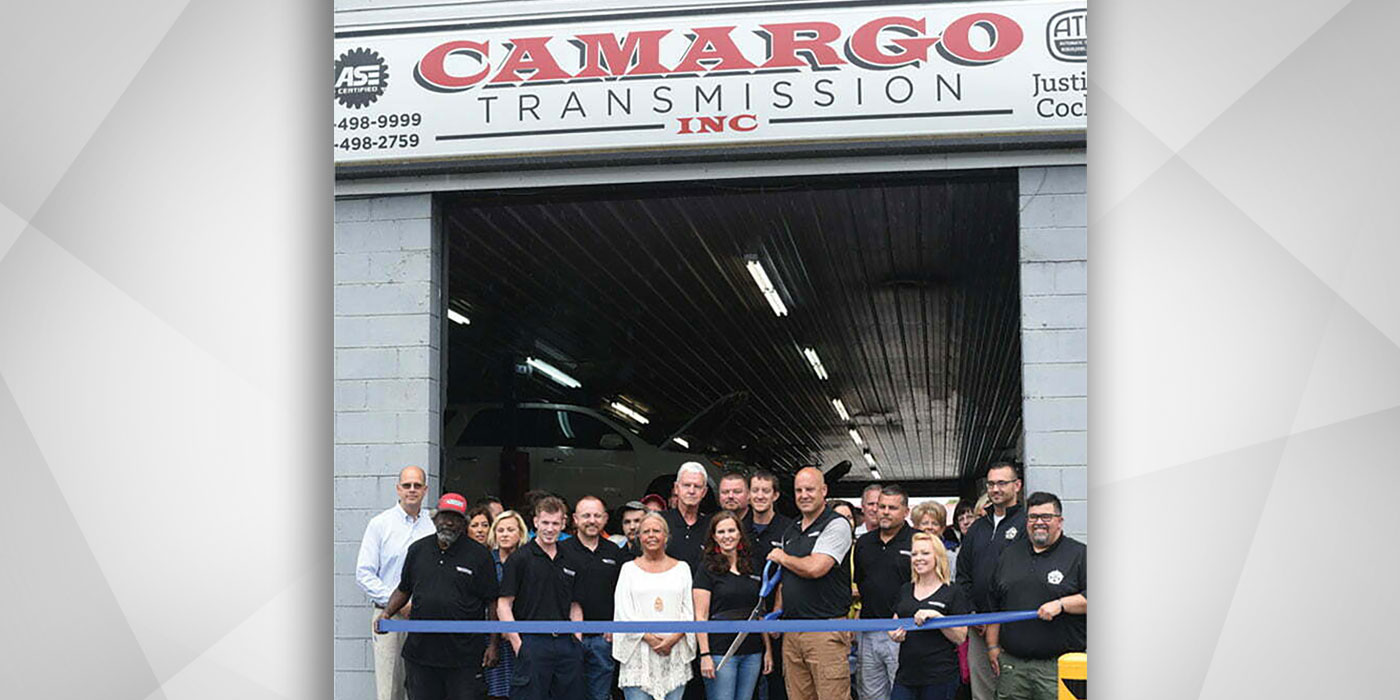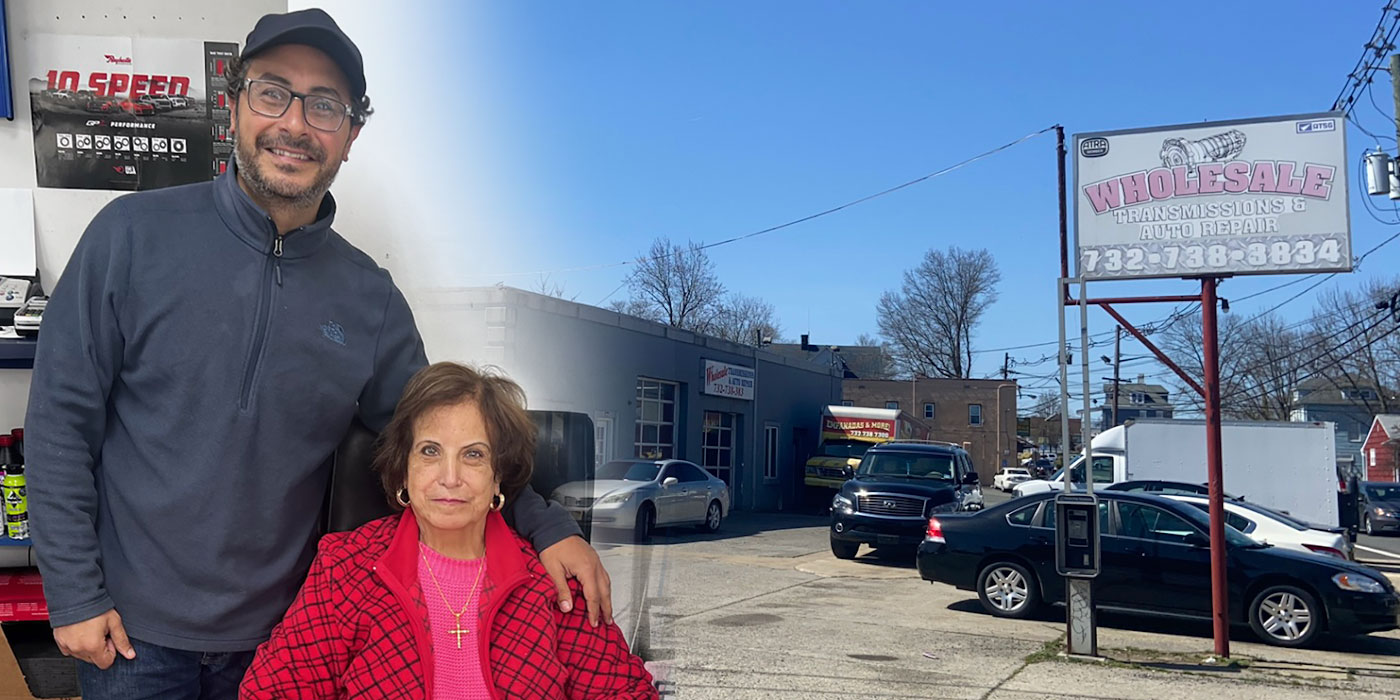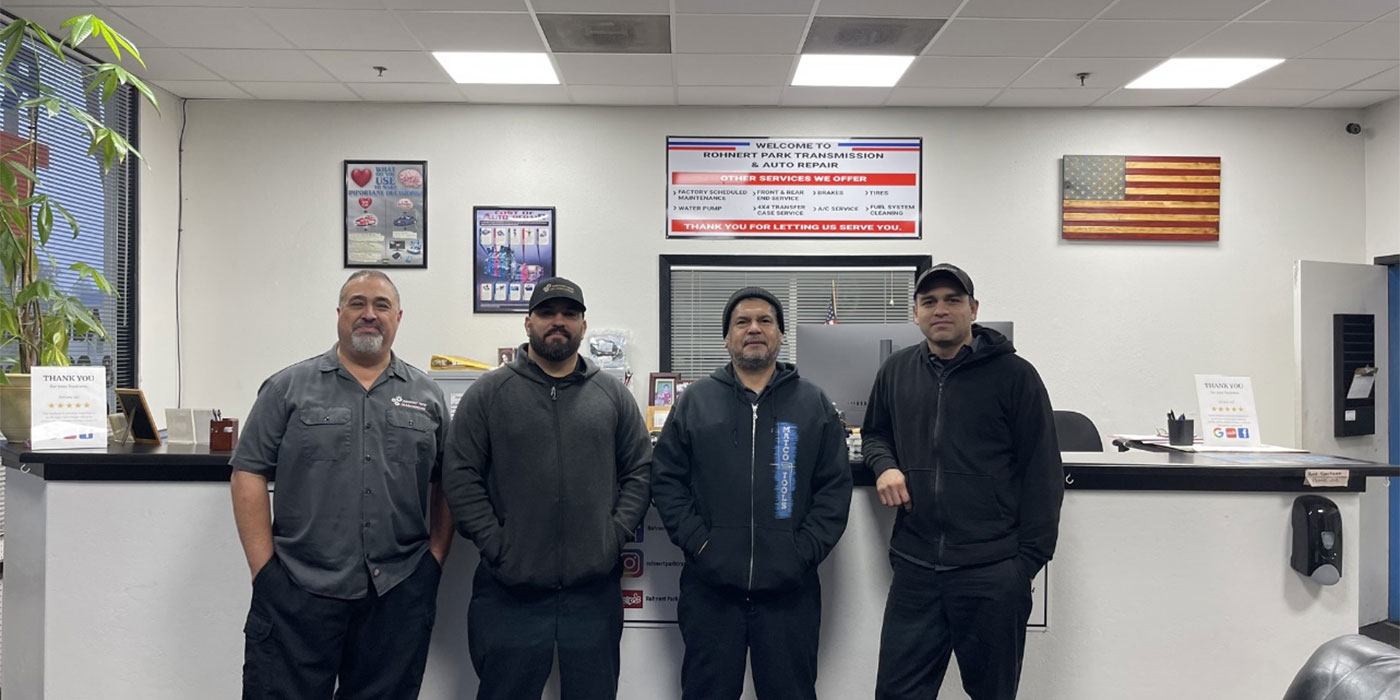
It’s Your Business
- Author: Terry Greenhut
Successful shop owners share certain traits, characteristics and methods of doing business. Here are the 12 that are the most prominent and mean the most to ongoing success.
- They have the passion, the drive, and the burning desire to succeed. For the highly successful there is no choice between outstanding and mediocre. They don’t go into business to do it halfway. They don’t start their own shop to replace a job they lost or because they believe their last boss mistreated or didn’t appreciate them. They do it because they want to show themselves, their families and their customers that they can do it better than anyone else. They have a lot to prove. They have to prove to customers that they can fix their cars and treat them better than any of their competitors, to their families that they can make really good money at it, and to themselves that they can accomplish what many thought they couldn’t – being a successful small-business owner. After all, 99% of the people in the world can’t; that’s why they work for the 1% who can and do.
- They love being in business for themselves – the thrill of making a great sale or of landing a big account, of receiving awards for excellence and being recognized as a community leader – and can’t understand how anyone wouldn’t want to. They especially love the automobile business for its sense of satisfaction when they or their employees figure out a problem and make something work as well as or better than it did before.
- They invest the time and money it takes to be a success. As the movie star said when the reporter remarked that he had achieved instant fame, “Yeah, it only took me 20 years to become an overnight success.” The highly successful put in the hours. They are usually the first ones there in the morning and the last ones to leave at night. If they are really successful in all aspects of their lives, they learn to balance their business commitments with their home life and recreational time as well, so although they can’t devote as much time to their families and fun as the “9-to-5ers,” they squeeze more quality into the time they can spend. As they are doing this they are not afraid to invest the money it takes to grow their businesses – the advertising, promotion, training and equipment.
- They never allow adversity to stand in their way. The tougher the going gets, the harder they fight. When a new competitor comes to town or when there is a downturn in the general business climate, they don’t roll up into a little ball and hope to ride out the storm. They become even more aggressive in their marketing and advertising effort to find new customers and lure old ones back. They work harder to make each sale. They contact old customers to see whether there is anything they can do to help them. They make service recommendations and follow them up with phone calls to fill their schedules. They learn and take on additional forms of service to give customers more reasons to come back and see them again, and they beat the bushes looking for new wholesale and fleet accounts.
- They make use of every resource. Successful shop owners look and ask for help from any available source. In addition to advertising, they get their pictures in the newspaper by getting involved in the community. They call and write to reporters asking that they publish stories about people they’ve helped or about their new equipment or the accomplishments of their employees – such as special classes they’ve attended or certification tests they’ve passed. They speak at local functions like Chamber of Commerce luncheons so that people can see how knowledgeable they are and what customers who patronize their businesses can expect.
- They never stop learning about their business or how to do it. They never assume they know everything and that there is nothing more they can learn. They attend management and sales workshops while they send their employees to tech seminars and make it an employment requirement that they attend.
- They learn enough about every aspect of the business that no one can ever take advantage of them. Even if they are not transmission or auto technicians themselves, they watch and learn the processes involved. They might even pick up the occasional wrench to help out. They watch and can fill in for the service writer, answering phones and making sales. They know how to use the shop’s computer system to write repair orders and search for technical information. They learn how the books are done and how to buy parts – where to get the best quality at the right price. They make sure the employees know that they know and can, if necessary, fill in at any position.
- They know the numbers and watch the money. At any given time they have immediate access to the critical numbers they need: cost of labor and parts – both overall and on each individual job – and the cost of all other expenses. They base their labor rate and parts markup on the profit they want to make and the ability of their sales staff to make sales at those prices. They don’t worry about being a little higher than the guy down the street. If they are, it’s because their level of service is higher and linked directly to their price. They know how much money the company is taking in and spending and how much should be in the checkbook at any given time.
- They don’t whine about the lack of technicians in the industry. Instead, they have “on-the-job” training programs through which they develop their own technicians. They provide an environment in which these people can grow. They have starter sets of tools for them to use and move them along financially so that they don’t lose them to other shops after they have invested so much in their training. They require trainees to attend technical seminars and classes and do “in-shop testing” along the way to see what they have learned. They make the work environment so professional that these trainees respect and admire the owner and don’t even want to think about working anywhere else.
- The successful owner is the head coach. His or her attitude toward the business, the customers and employees is exemplary. Another old phrase applies: “The fish stinks from the head back.” Everything good or bad that happens in or to a business is attributed to the owner, for it’s his or her policies, or the lack thereof, that everyone follows. I like to equate business with professional football. Each team buys the best players money can buy. So why do some teams continually win while others lose? Having analyzed it for many years, the conclusion I’ve drawn is, “It’s the head coach.” Do the players want to play for him or don’t they? Do they respect him? Do they believe in him? Bill Parcels, for example, may be the best coach who ever lived, because he turns losers into winners. The Giants, the Jets, the Patriots and now the Cowboys, he brings them out of the cellar and into the winner’s circle. The players believe in him, they trust him, and as a result they play their hearts out for him. He’s smart, he works on the basics and he innovates, all at the same time. He’s tough when he has to be and doesn’t take crap from anybody. He’s someone to look up to, a real leader. The most successful of business owners possess those same attributes.
- They follow up and oversee everything. The highly successful owner doesn’t take for granted that his or her policies will be carried out indefinitely. They continually check to make sure procedures are properly in place. They know that employees will at times take the path of least resistance, which can lead to sloppy workmanship or poor customer relations, so they are always looking at quality control, monitoring the cause of comebacks and searching for productivity gains, while keeping in touch with customers to make sure they have been handled well and that any issues have been resolved to their satisfaction.
- They look to the future. They aren’t in this for the quick buck, but to build a business that will endure. They project sales and costs into the coming years so they can plan effectively. They maintain a beautiful facility. They make it modern and clean, the kind of a place that customers would feel comfortable coming back to again and again. They treat every customer as if they were their only customer and they want him or her for a lifetime. They look for trends in the industry to see how they can modify their services to accommodate.
The highly successful shop owner does all that and more in an effort to reach the top and stay there. The questions you have to ask yourself are: Knowing that there are trade-offs, how much of that are you willing to do? How important is success to you? And what degree of it are you willing to accept?

Visit www.TerryGreenhut.com.













